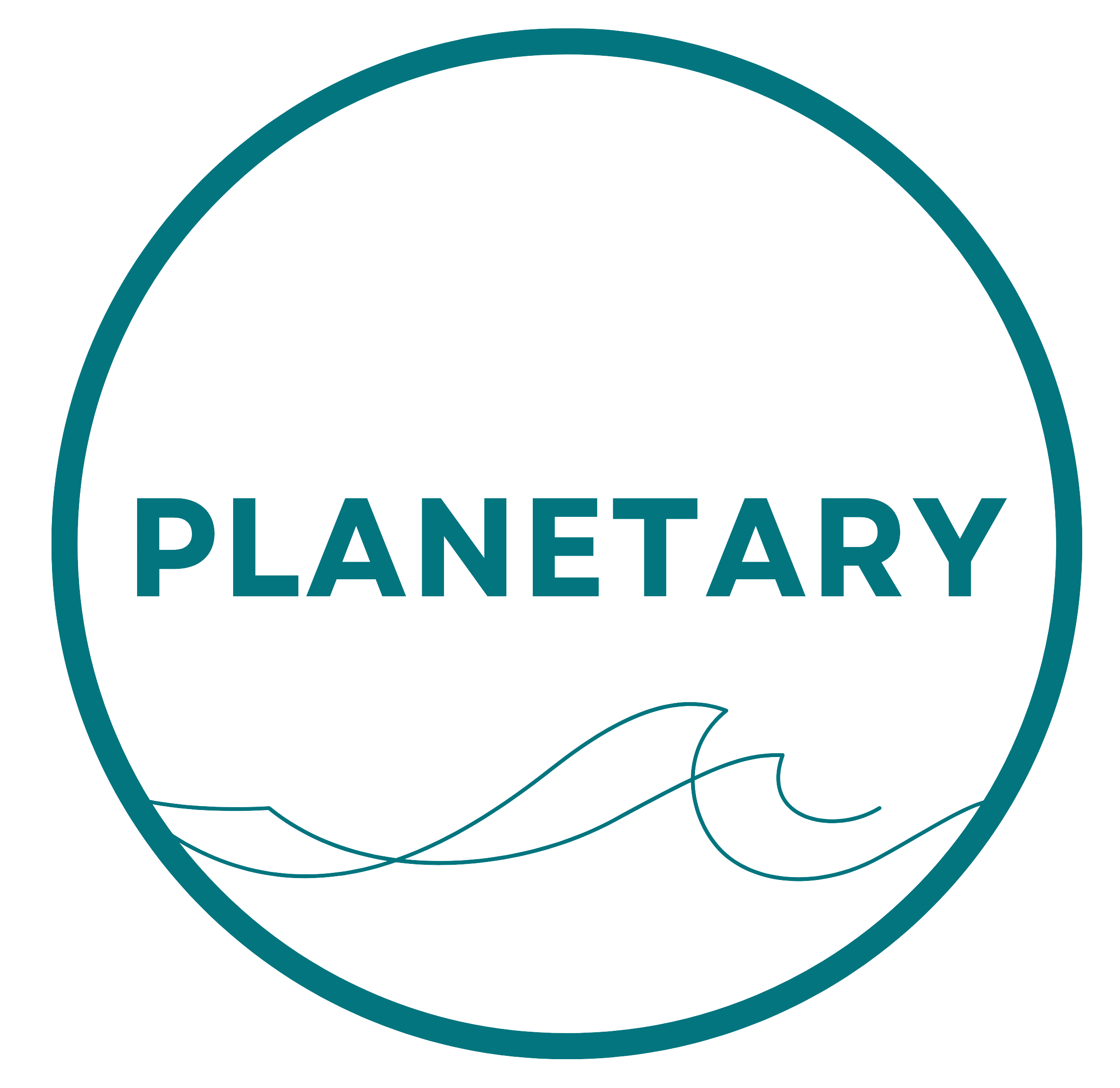
Climate Science
The climate is changing quickly, and humans are the cause.
Read more on the geologic carbon cycle, ocean acidification, and current climate trajectories.
Climate Science Basics
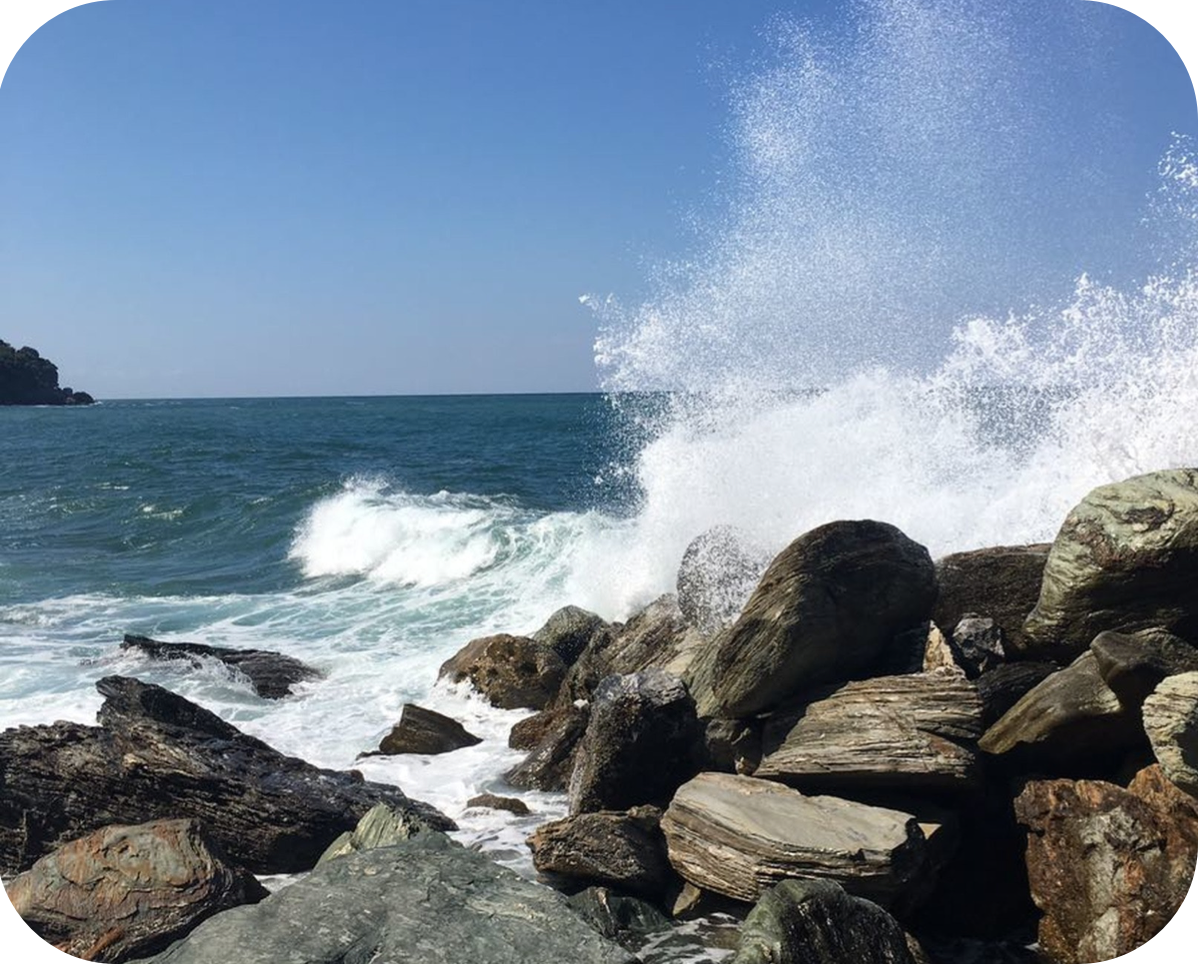
Carbon Dioxide Removal
Just stopping emissions isn’t enough. We need to permanently remove greenhouse gases from the atmosphere.
Read more on carbon dioxide removal methods, including Ocean Alkalinity Enhancement (OAE).
Read More
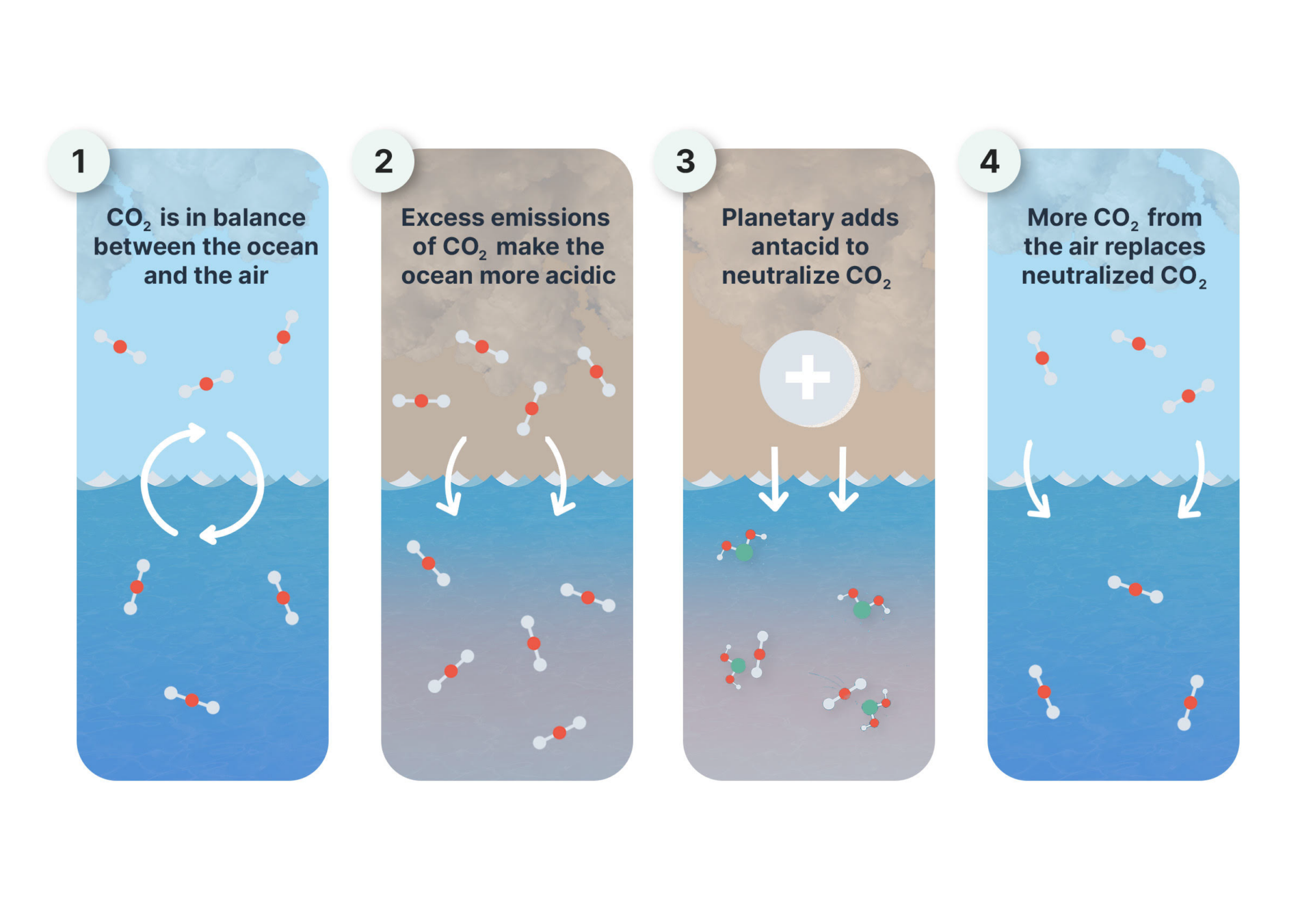
Planetary’s OAE
Planetary has developed a safe and effective method of OAE.
Read more on our technology and our process, from start to finish.
Our OAE
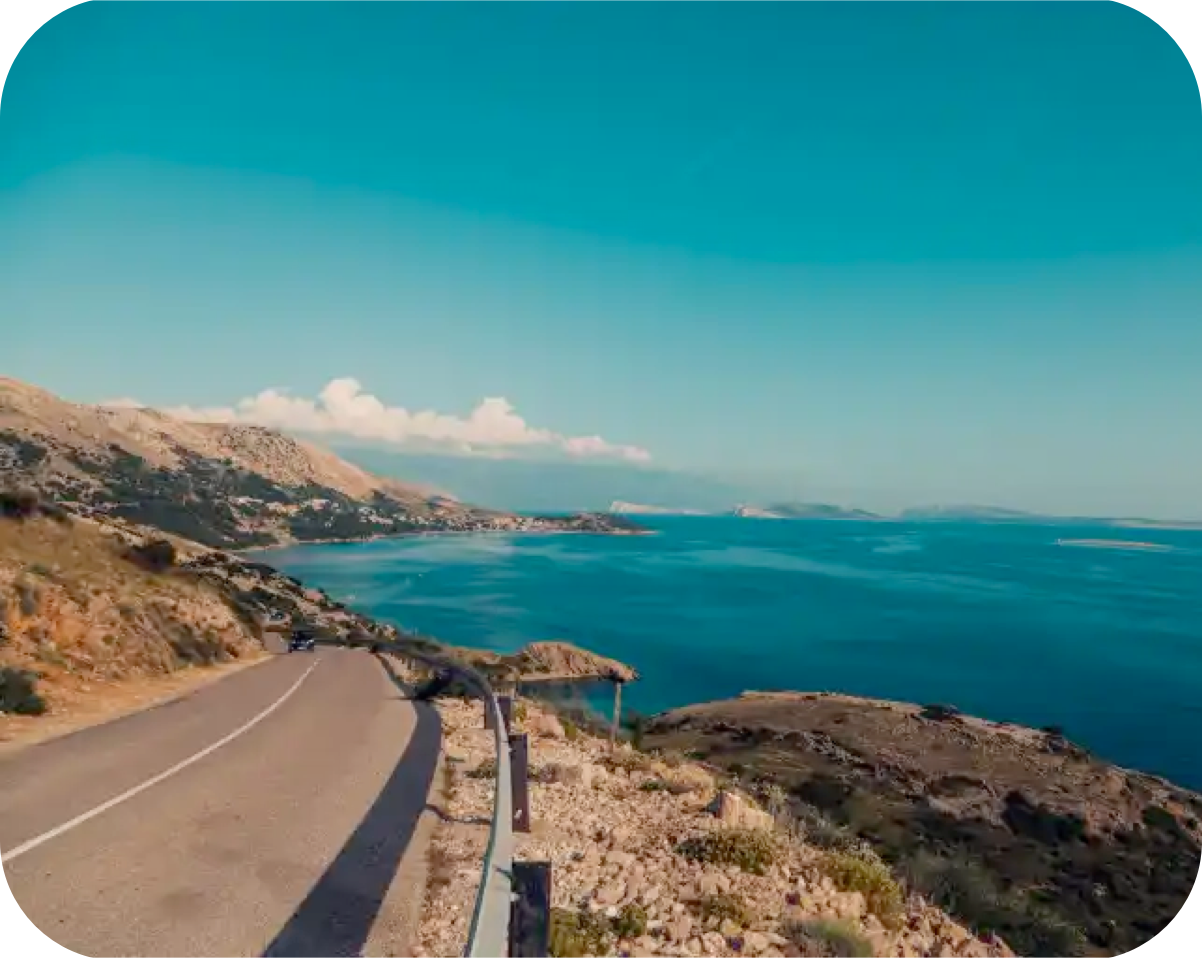
Safety
Planetary’s OAE is based on a natural and safe process. We take great care to ensure it remains safe in our projects.
Read more on our monitoring and how we’ve built safety into our process.
Our Commitment to Safety
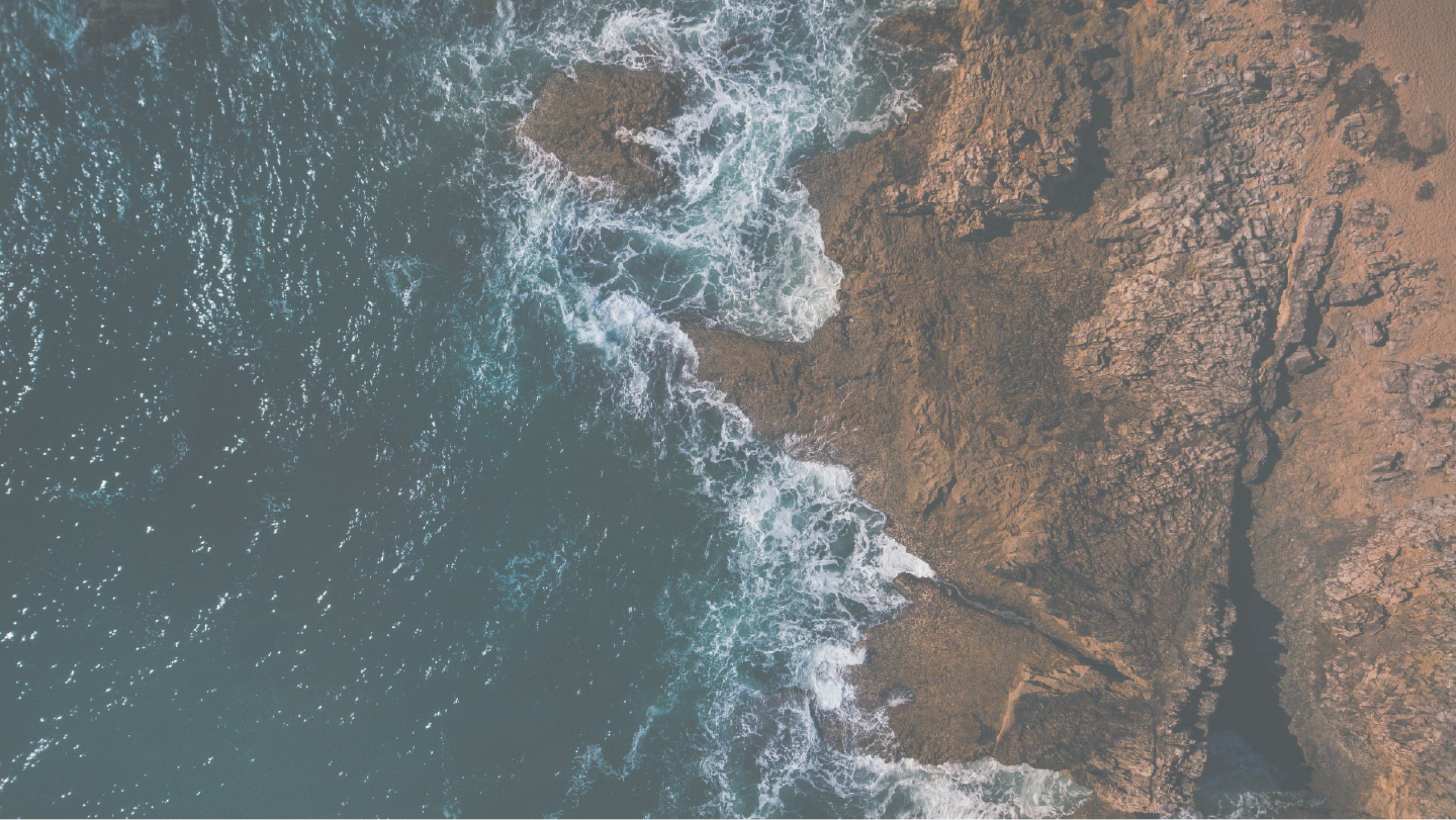
Additional resources:
Science should always be verified by independent third parties.
Read more articles written by other respected groups, for context and further learning.
